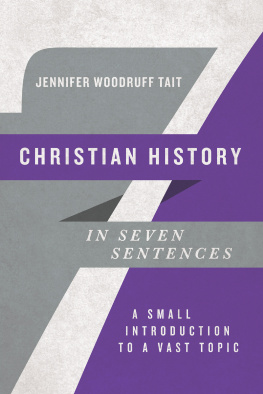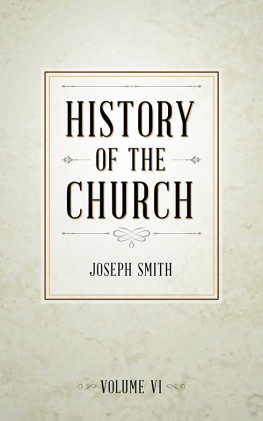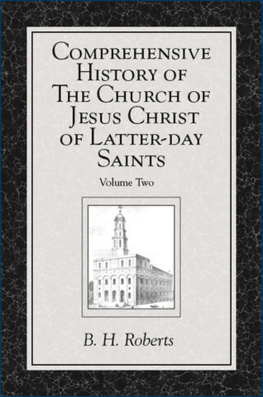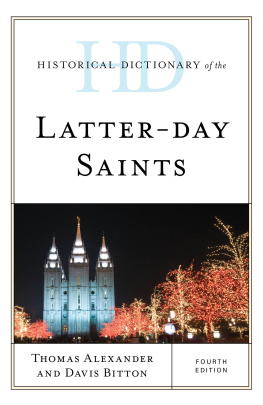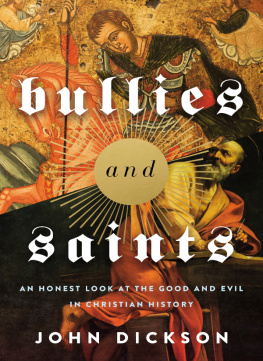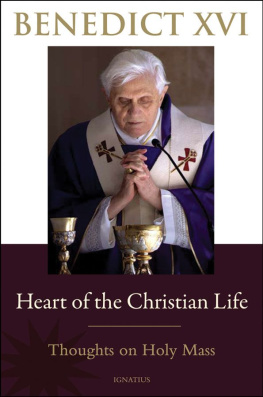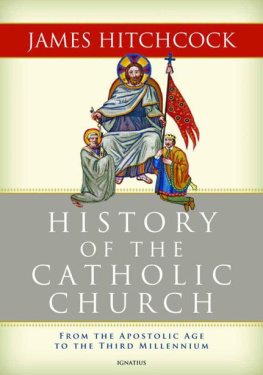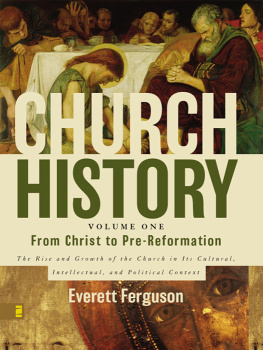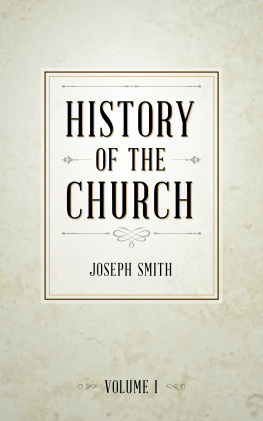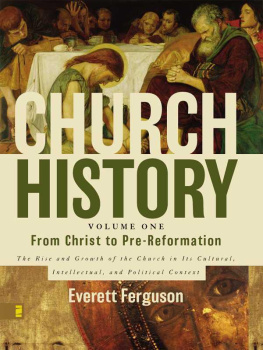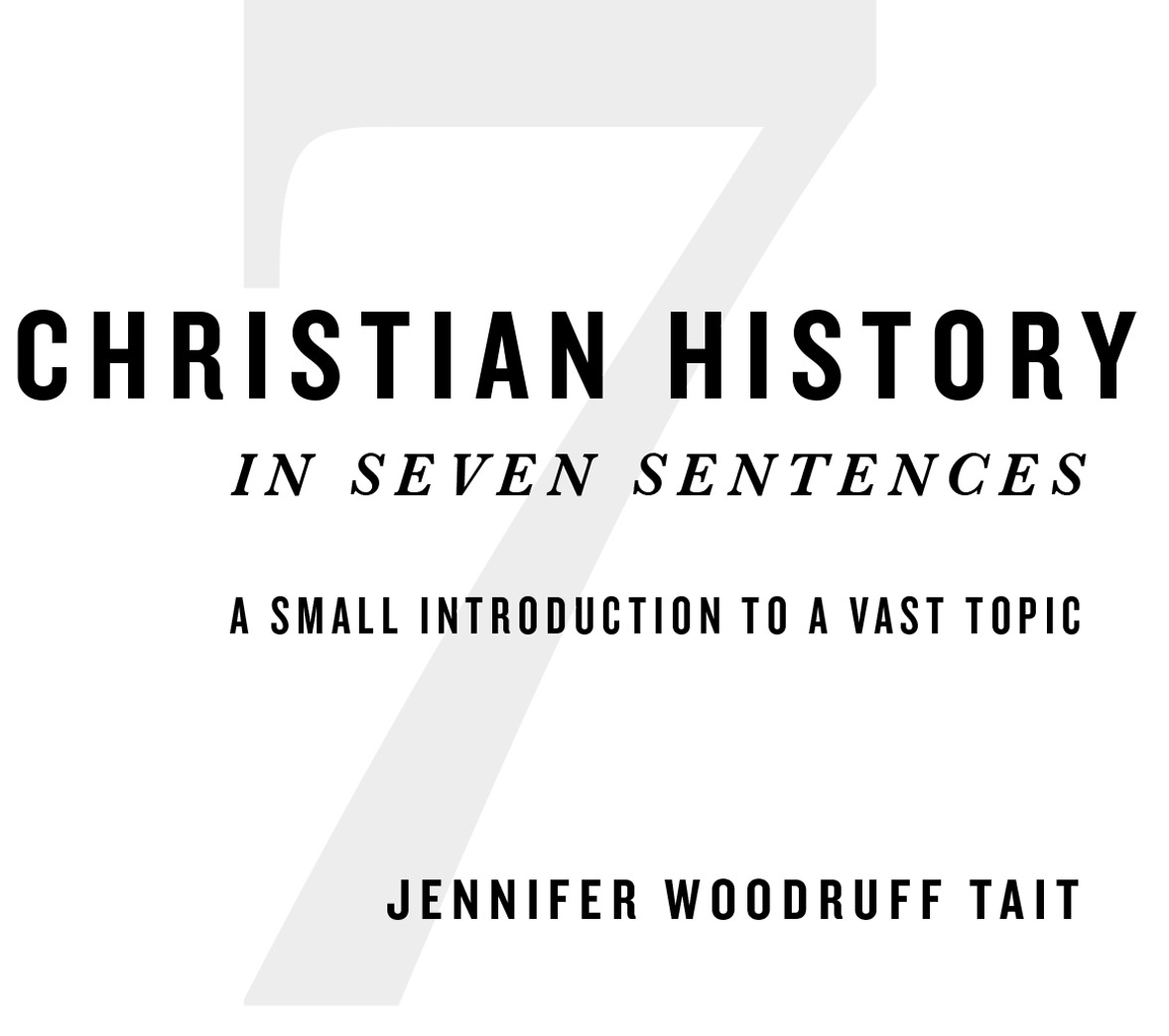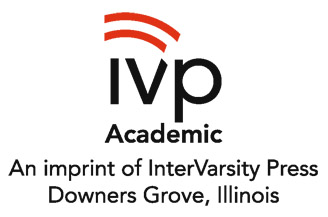Sommaire
Pagination de l'dition papier
Guide
InterVarsity Press
P.O. Box 1400, Downers Grove, IL 60515-1426
ivpress.com
2021 by Jennifer L. Woodruff
All rights reserved. No part of this book may be reproduced in any form without written permission from InterVarsity Press.
InterVarsity Pressis the book-publishing division of InterVarsity Christian Fellowship/USA, a movement of students and faculty active on campus at hundreds of universities, colleges, and schools of nursing in the United States of America, and a member movement of the International Fellowship of Evangelical Students. For information about local and regional activities, visit intervarsity.org.
Scripture quotations, unless otherwise noted, are from the New Revised Standard Version Bible, copyright 1989 National Council of the Churches of Christ in the United States of America. Used by permission. All rights reserved worldwide.
The publisher cannot verify the accuracy or functionality of website URLs used in this book beyond the date of publication.
Cover design: David Fassett
Image: Vintage paper tomograf / iStock / Getty Images Plus
ISBN 978-0-8308-5478-3 (digital)
ISBN 978-0-8308-5477-6 (print)
This digital document has been produced by Nord Compo.
For my father
John Hurlbut Woodruff
February 6, 1935January 18, 2019
Hold to Christ, and for the rest be uncommitted.
HERBERT BUTTERFIELD
ACKNOWLEDGMENTS
A bout ten years ago, I wrote a book. It was a great experience, but I didnt foresee my life ever moving in that direction again. However, when the opportunity arose to contribute to this series, I couldnt resist; Ive always seen my primary mission as making history accessible to the person on the street. But I never would have gotten here without significant assistance.
First of all, I want to thank my colleagues at Christian History magazine for the collegial working atmosphere that has gotten me through the editing of thirty-four issues (as of this writing). Overseeing a magazine that covers all eras, movements, and people in church history has given me a broad and deep background from which to tell this story. Plus, these fine people gave me time off to help me finish! Thank you so much to Bill Curtis, Chris Armstrong, Dawn Moore, Kaylena Radcliff, Dan Graves, Meg Moss, Doug Johnson, and Max Pointner.
I also want to thank Grant Wacker for, long ago, believing in me as a doctoral student. Without him there would have been no first book, and hence no second one. I owe you a thousand sarsaparillas, Grant.
Then, I am grateful to David McNutt, my editor at InterVarsity Press, for suggesting the idea, believing it could be done, and waiting patiently and graciously for me to do it.
It has been my great pleasure to serve two churches as a part-time priest during the writing of this book and to participate in the worship life of several others. The debates and the affirmations of church history ultimately work themselves out in the worship and service of local congregations. At Saint Marks Episcopal Church (Hazard, KY), Saint Johns Episcopal Church (Corbin, KY), the Episcopal Church of Our Saviour (Richmond, KY), and First United Methodist Church (Richmond, KY), there are people who love the Lord, believe the gospel, and serve the world, and I would not have made it this far without them.
I wrote quite a lot of this book at a holiday cottage near Madley in Herefordshire, England. Simon Lockett and the Wye Dore Parishes welcomed my family into the life of the parish for a weekand I got to see a two-thousand-year-old yew tree. If you visit, go to the Hub and get some homebakes, and come back on Sunday for Eucharist. Having coffee in the nave of a church founded in the sixth century will change you.
Finally, what I owe my family is incalculable. I always know I can depend on my brother and sister-in-law Jonathan and Melissa Woodruff and nephew Will for general love and supportand on my in-laws, R. Barry and Trudy Harvey Tait, for probing questions, faithful Christian witness, proofreading, and lunch. The sharp intellects and passion for a just world of my daughters, Catherine Elanor and Elizabeth Beatrice, teach me the meaning of Proverbs 27:17 every single day.
My husband, Edwin, knows the answer to everything Ive ever asked him (and answers more quickly than Google); is a full partner in parenting and homemaking; loaned me a few unpublished conceptual paragraphs on purgatory for ; and loves all things that are good and true and beautiful. Indeed, a star shone on the hour of our meeting.
Just before my first book came out, my mother, Marilyn Delle Stanger Woodruff, died. Just before this one came out, my father, John Hurlbut Woodruff, died. Above all I thank them, and offer in their memory the famed prayer from the Cambridge Lessons and Carols service: Lastly, let us remember before God all those who rejoice with us, but upon another shore, and in a greater light, that multitude which no man can number, whose hope was in the Word made flesh, and with whom in the Lord Jesus we are forever one.
Mom got the first book. Dad gets this one.
INTRODUCTION
D ont know much about history... Sam Cooke sang those lyrics in 1960, but theyre just as relevant today. From high schools to graduate schools, in person-on-the-street interviews and conversations with the rich and famous, in attempts to start business and to govern countries, the current tide is turning away from the study of history. As a society, we seek out the new, the entrepreneurial, the scientific. As individuals, we hold the stereotype that we just need to memorize a bunch of names and dates in order to understand the past. As Christians, what should our response be?
For a long time, some branches of Christianity have been fearful of too much study of history as wellespecially of the first fifteen hundred years or so of the churchs growth and development. We place them in the category of tradition, sometimes of unbiblical tradition, and focus on learning other aspects of the Christian life. We want to know what the Bible teaches us is good to do and what we should do today.
But our faith is a historical faith. Its truth rests on claims about history. We claim that an obscure Jewish rabbi really existed in the first century, born of a virgin peasant Galilean girl; that this rabbi taught his disciples certain things about God, life, and moral behavior; that he proclaimed himself to be the fulfillment of millennia of past events in the life of the Hebrew people; that he was executed as a common criminal when he was in his early thirties; and that, in contrast to everyone else who has ever been executed in the history of the human race, he rose from the dead, started a movement, and ascended into heaven promising to send his Spirit to guide the fledgling movement and to come back some day.
We readily admit that all of those are theological claims. But it is also true that they are historical claims. In fact, the traditional labels BC (before Christ) and AD (anno Domini, year of our Lord) for the years before and after Bethlehem make the bold historical claim that this is the event to end all other events; this is the hinge on which history turns, the moment at which history changed. And as we begin to explore what happened after Jesus Christ ascended into heaven and the Holy Spirit descended on the disciples, we begin to bridge the gap that exists between what the Bible teaches us to do and what we should do today.

